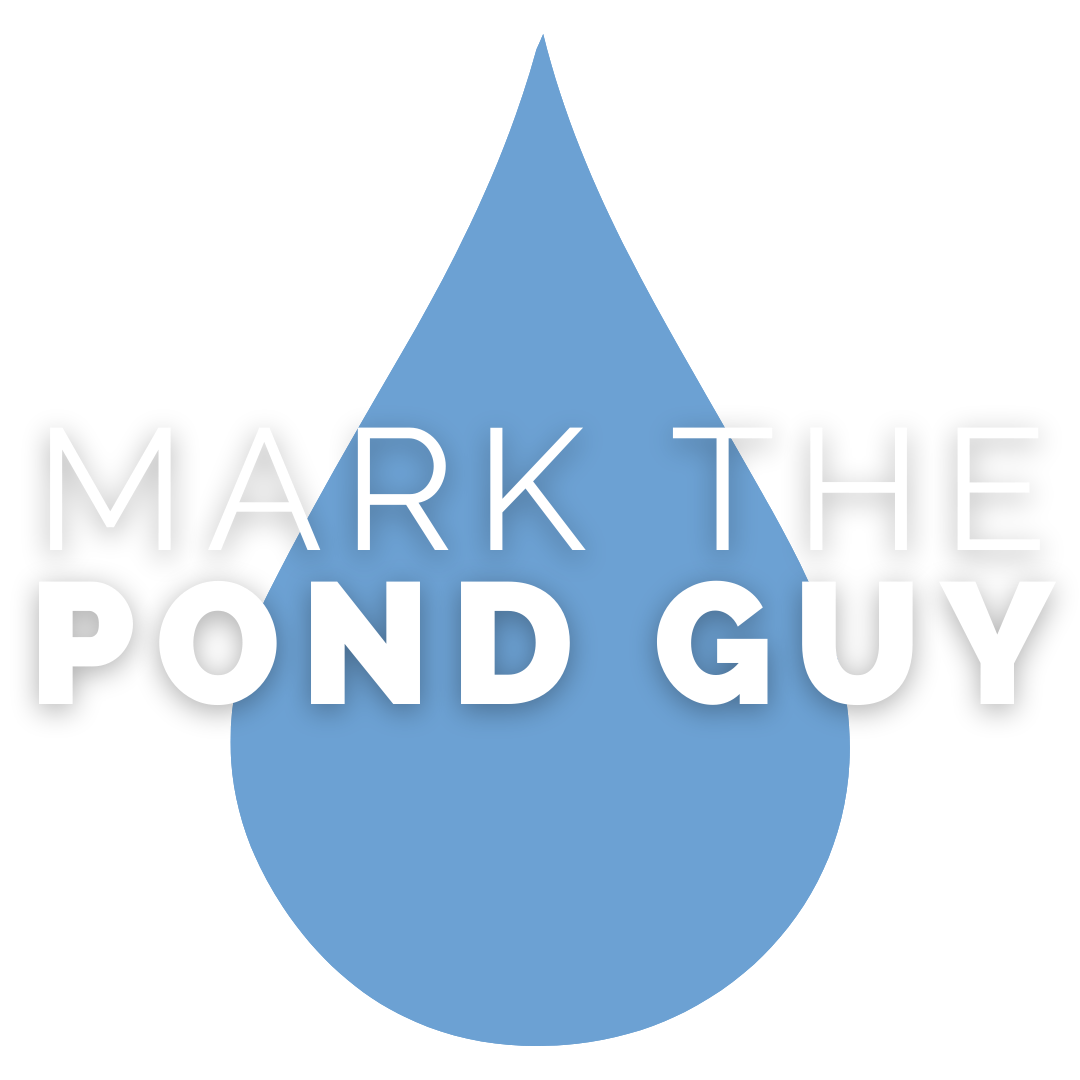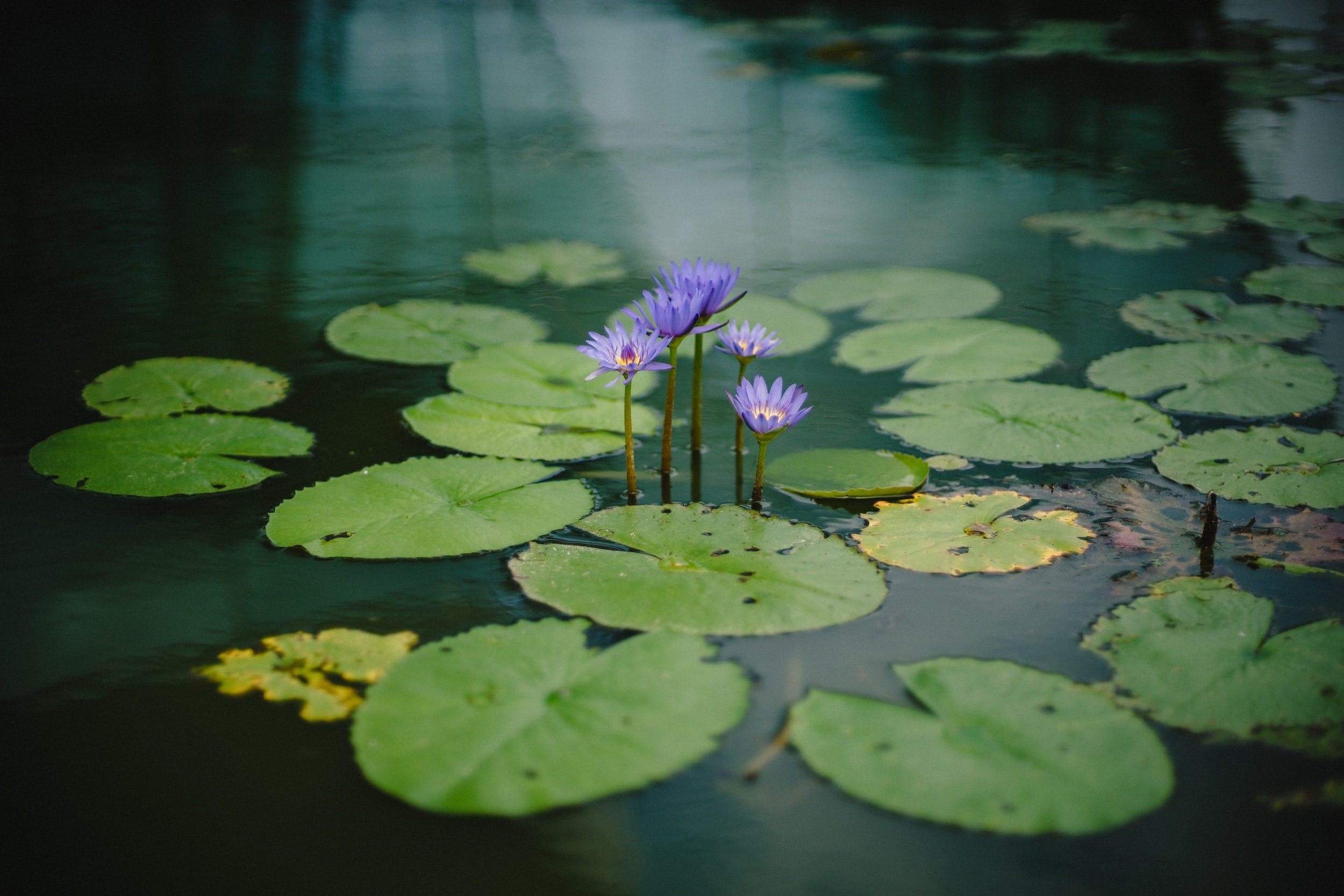10 Common Pond Myths Debunked!
We’ve heard a variety of reasons why people might not want a pond, and most of them happen to be common pond myths that simply aren’t true. Rather than a maintenance nightmare, a properly designed and installed pond provides incomparable beauty and relaxation that no other gardening element provides. Flowers don’t create soothing sounds, and patios don’t help to reduce stress and blood pressure. So if you’re apprehensive about owning a pond, read through the most common pond myths and be rest assured that Living the Aquascape Lifestyle® is a true pleasure you don’t want to miss!
Ponds are breeding grounds for mosquitoes
Mosquitoes breed in still, standing water. A well-designed pond has lots of water movement. In fact, we recommend turning the water over once every hour. Also, ponds support fish, frogs, toads, and other wildlife that are natural predators of mosquitoes.
Maintaining a pond is constant work
In actuality, a properly installed ecosystem pond is less work than the expanse of grass it replaces. A balance of five key factors creates the basis for a truly low maintenance pond, including filtration, circulation, plants, fish, and rocks and gravel. Will you need to perform a bit of maintenance from time to time? Of course, but you’ll spend less time maintaining a healthy pond than you will a mowing, fertilizing, and watering the lawn.
Ponds need daily water testing and corrective treatment
If your pond isn’t chemically dependent, there’s nothing to test. Rivers, lakes, and oceans aren’t tested and plenty of wildlife thrive in their waters. Stick to a philosophy of a balanced pond with minimal maintenance and your water should remain healthy throughout the year. Granted, there might be outside forces (such as lawn chemicals seeping into your pond after a heavy rain) that can alter water chemistry. But as a rule, you won’t need to test your pond water.
You should never have algae in your pond
A proper proportion of algae is considered beneficial and an integral part of a healthy ecosystem. Pristine, over-treated water isn’t natural, nor is it good for your fish who enjoy snacking on algae that cling to rocks. An abundance of algae has a simple cause – too much sunlight and plenty of nutrient-rich water. That’s why a well-designed pond includes proper filtration to diminish the nutrients that contribute to the growth of algae. In addition, aquatic plants compete for the same food source as algae and can help control its growth.
Any contractor or landscaper can install a pond
Building a pond, and building it right are often two very different things. This is one of the pond myths that can prove costly. A good landscaper might be talented with hardscapes and softscapes, but that doesn’t mean he or she is knowledgeable in the concept, design, or construction that makes a naturally balanced pond function properly. Be sure to hire a trained, certified installer like a Certified Aquascape Contractor. Hiring the landscaper with the cheapest bid often becomes the most expensive option when you realize you need the pond completely renovated when it doesn’t work right.
Small ponds are less work
Actually, the larger the water feature, the easier the maintenance. Aquarium hobbyists know it’s much easier to achieve a healthy, stable tank with more water, not less. The same is true for ponds. Small water features don’t have the flow or capacity necessary for long-term stability. However, regardless of size, a properly designed pond is better able to achieve ecological balance. Ponds become more stable with each passing year as plants, bacteria colonies, and other vital life becomes established.
Predators will eat all the fish
While it’s true there are predators that would like to snack on your fish, you can do things to deter them from visiting your pond. A built-in fish cave or a Faux Log Fish Cave are two options to create a safe retreat for fish to hide from herons. Decoys such as a floating alligator or blue heron can also deter predators from your pond. Some pond owners choose to put netting over their pond to keep predators out. Fishing line can also be crisscrossed over the pond to keep herons from wading in the waters.
To keep fish, ponds need to be deep
Pond fish, including koi, go dormant in ponds just two-feet-deep through winters as cold as Minnesota’s bone-chilling temperatures. A small circulating in-pond pump and pond de-Icer are all you need to keep a hole in the ice for the exchange of gases.
Ponds are expensive
Professional installations for a small pond start at approximately $6,000 which is about the same price you’d pay for a paver patio (but you’ll enjoy the pond so much more!). At the most affordable end of the spectrum, DIY pond kits begin at roughly $1,000, plus another $700 for items that don’t come in the kit such as rock, fish, and plants. If you have a smaller budget, consider an AquaGarden Mini Pond Kit that retails for approximately $200. It comes complete with a waterfall, filter, and waterfall light. All you do is add water, plants, and even a few small fish if you’d like.
Water gardening involves a lot of hard work
This is the last of the common pond myths that we’ll debunk! Well-designed, ecologically balanced ponds need only an occasional treatment of beneficial bacteria. If you have an Automatic Dosing System, the unit will dispense the bacteria for you! In addition, the pond skimmer basket should be checked once a week during summer for debris. A pond cleaning in the spring might be in order but isn’t always necessary. Maintaining a pond is less time-consuming than pulling weeds and watering annuals and perennials. In fact, you don’t have to water aquatic plants at all!

